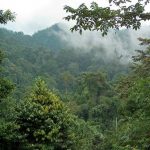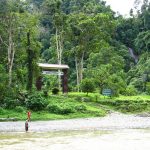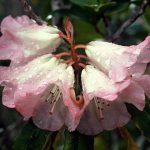Location
North Sumatra, Nanggroe Aceh Darussalam (Southeast Aceh, South Aceh, Aceh Singkil), Regency of Langkat
Area:
10,926.92 sq km
Date declared as an AHP:
29 November 1984, at the 2nd ASEAN Ministerial Meeting, Bangkok, Thailand
Other international designation/s:
World Heritage Site: Tropical Rainforest Heritage of Sumatra
Contact information
Andi Basrul
AHP Manager
Tel.: +62 617872919
Fax: +62 617864510
E-mail: balai.tngl@dephut.go.id
Unique Flora: World’s tallest flower: Amorphophallus titanium (when flowering), A. gigas (non-flowering phase); the world’s largest flower: Rafflesia (rafflesia arnoldi); Daunpayung raksasa (Johannesteijsmannia altifrons); Rhizanthes zippelnii.
Unique Fauna:Sumatran rhinoceros (Dicerorhinus sumatrensis); Sumatran tiger (Panthera tigris); Asian elephant (Elephas maximus); white breasted Thomas leaf monkey (Presbytis thomasi); siamang(Symphalangus syndactylus), Sumatran ground cuckoo (Carpacoccyx viridis); and white bellied sea eagle (Haliaetusleo cogaster).
Habitat Types: Lowland evergreen dipterocarp forest; lower and upper montane forest; peat swamp; forest over limestone, sub-alpine meadows and heathlands; freshwater lakes and rivers; sulphur mineral pools.
Visitors can join in a variety of wildlife ecotourism activities like wildlife viewing, jungle trekking, river rafting and caving. The Gunung Leuser National Park also offers adventures such as horseback riding, mountain climbing, trekking, kayaking, and canoeing.
For those who prefer to have a cultural experience, present are different ethnic groups who use natural resources such as wood, dammar, rattan and fish for income.







